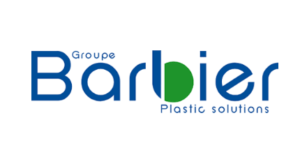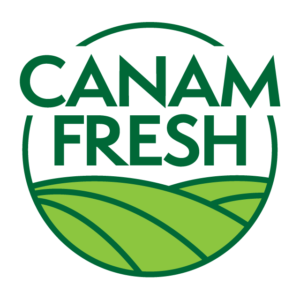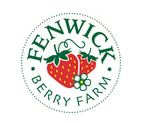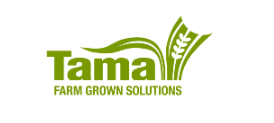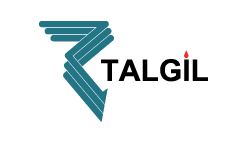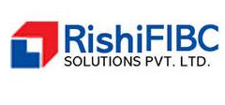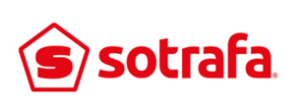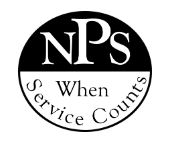Irrigation is the process of artificially applying water to crops to maintain or enhance their growth. It’s an essential aspect of farming, especially in arid areas where water is scarce. Not all irrigation techniques are the same, and understanding their benefits and disadvantages is crucial for making informed decisions about water management on farms. In this post, we’ll explore the four main types of irrigation in farming and provide insight into their respective advantages and limitations.
Surface Irrigation
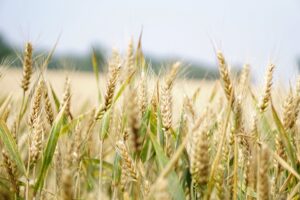 Surface irrigation is the most common and traditional method of irrigation, where water is applied to the soil surface and allowed to infiltrate and move through it by gravity. This technique is suitable for soil types with low infiltration rates and crops that can tolerate wet conditions. However, it’s not very efficient, as much of the water can be lost to evaporation, runoff, or deep percolation, and it can lead to soil erosion and nutrient depletion. Surface irrigation is often used in flood-prone or flat areas and can be subdivided into three methods: basin, border, and furrow irrigation.
Surface irrigation is the most common and traditional method of irrigation, where water is applied to the soil surface and allowed to infiltrate and move through it by gravity. This technique is suitable for soil types with low infiltration rates and crops that can tolerate wet conditions. However, it’s not very efficient, as much of the water can be lost to evaporation, runoff, or deep percolation, and it can lead to soil erosion and nutrient depletion. Surface irrigation is often used in flood-prone or flat areas and can be subdivided into three methods: basin, border, and furrow irrigation.
Sprinkler Irrigation
Sprinkler irrigation involves spraying water over crops using a network of pipes and nozzles. This technique is highly efficient, as it reduces water loss by evaporation and runoff and allows farmers to control the amount, frequency, and direction of water application. Sprinkler irrigation is suitable for soils with moderate infiltration rates and crops that can withstand wet foliage. However, it’s somewhat costly due to the equipment and energy requirements, and it can cause salinization and waterlogging if overused or poorly managed. Sprinkler irrigation can also be classified into three systems: center pivot, lateral move, and solid set irrigation.
Drip Irrigation
Drip irrigationis a method of applying water directly to the root zone of crops through emitters or drip lines. This technique is highly efficient, as it reduces water loss and evaporative cooling, minimizes weed growth, and prevents soil erosion and compaction. Drip irrigation is suitable for low water-quality sources and crops with high water requirements and root sensitivity. However, it’s more costly and requires more maintenance and management than surface or sprinkler irrigation, as clogging, leaking, or inadequate water pressure can affect its performance. Drip irrigation can be further divided into three types: subsurface, surface, and overhead drip irrigation.
Sub-Irrigation
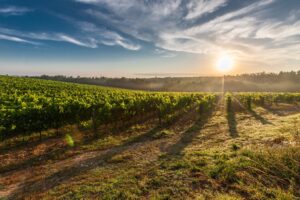 Sub-irrigation, also known as seepage irrigation or groundwater irrigation, is a method of applying water below the root zone of crops by raising the water table or using naturally available groundwater. This technique is suitable for crops that grow in water-saturated or swampy soils and can tolerate variable water levels and oxygen supply. Sub-irrigation is highly efficient, as it reduces water and nutrient losses, minimizes evaporation, and prevents soil compaction and leaching. However, it’s also complex and expensive to implement, as it requires drainage systems, water pumps, and water quality monitoring, and it can cause soil salinization and damage to nearby ecosystems.
Sub-irrigation, also known as seepage irrigation or groundwater irrigation, is a method of applying water below the root zone of crops by raising the water table or using naturally available groundwater. This technique is suitable for crops that grow in water-saturated or swampy soils and can tolerate variable water levels and oxygen supply. Sub-irrigation is highly efficient, as it reduces water and nutrient losses, minimizes evaporation, and prevents soil compaction and leaching. However, it’s also complex and expensive to implement, as it requires drainage systems, water pumps, and water quality monitoring, and it can cause soil salinization and damage to nearby ecosystems.
Choosing the right irrigation method for a farm depends on various factors, such as soil type, crop type, water source availability, and economic and environmental conditions. Each irrigation technique has its strengths and challenges, and farmers need to balance their water requirements and productivity goals with the sustainability of water resources and the surrounding ecosystem. By understanding the four types of irrigation in farming and their benefits and limitations, farmers can make informed decisions about water management and contribute to the efficiency and resilience of agriculture. Contact Heartnut Grove WWT for an agricultural irrigation consultation.





